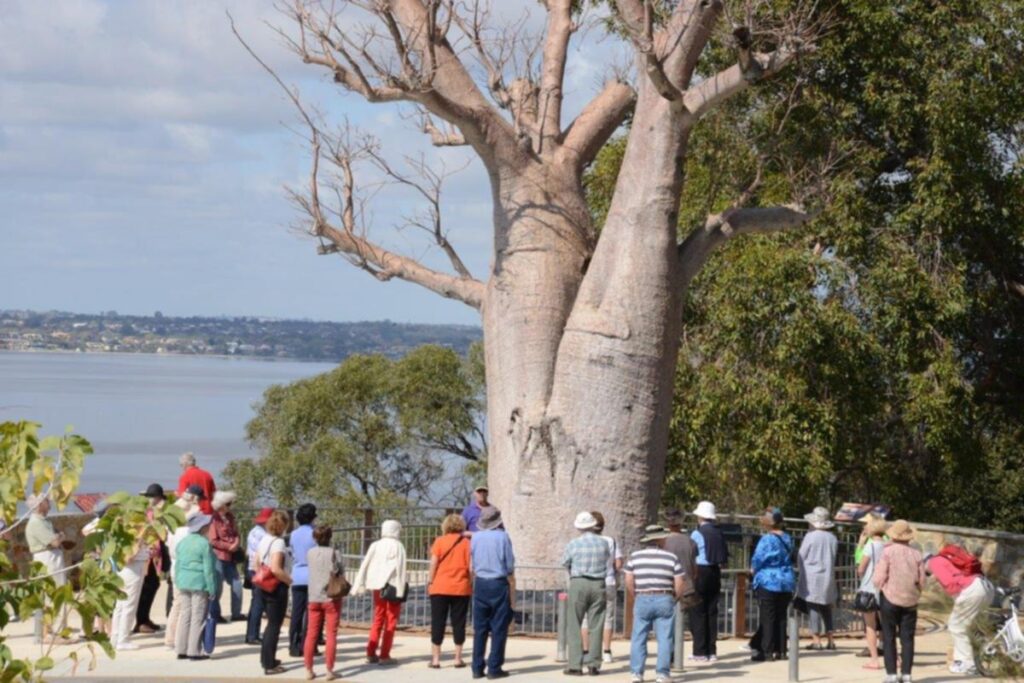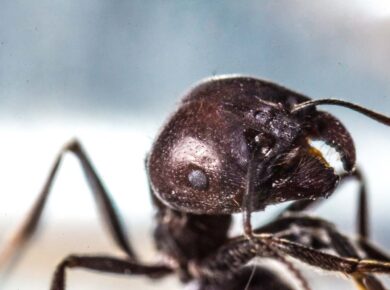Australia is famous the world over for its flora and fauna. Some of it is poisonous and scary, others majestic, beautiful, unique and sublime. It is hardly surprising that a lot of attention is given to the animals that are protected in this varied and fascinating country, but far too little is given to the protection of its flora.
Here we will take a look at the trees that are carefully protected in Australia, and why it is that it is necessary to look after them…
What trees are protected in Australia?
In Australia, trees are protected at various levels of government and in different ways. In 2005, the ACT (Australian Capital Territory) passed the Tree Protection Act. This, among other things, devised protection for individual trees of note, as well as preventing the unnecessary removal of certain trees. Particularly in areas designated Tree Management Precincts.
Many trees are protected throughout different parts of Australia due to their size. Trees are considered regulated if they have a circumference of 2 metres or more, and significant if they have a circumference of 3 metres or more. As you can tell, these trees are pretty significant indeed.

Local councils have their own TPOs, or Tree Protection Orders, so it is absolutely essential that you check out your own local protected species and individual trees. Removing or harming a protected tree could result in a huge fine or worse, so you should never take such steps without the right permit or permission first.
If you are in any doubt, or feel that your tree is sickly or in need of care, contact AB Trees in Perth and they can give you all the advice, help and tree care that you require.
What trees are protected in New South Wales?
There are many reasons why certain trees are protected, including because they hold specific historical or cultural importance, or to prevent against soil erosion or similar. Beyond all of these reasons, there are certain species or types of trees that should not be harmed at all.

In New South Wales these include Coral Trees, Camphor Laurel, Liquid Amber, American Nettle Trees and Chinese Nettle Trees. New South Wales also has a significant tree register to record individual trees of importance.
If you do harm or remove trees that meet any of the above criteria, the local council alone can give you a fine of up to $110,000AU, which is already nothing to sneeze at. If the Land and Environment Court has to get involved, this amount can reach into the millions.
What trees are protected in South Australia?
South Australia similarly has different types of protected trees, including those that are significant and those that are regulated. The Native Vegetation Act of 1991 protects all native vegetation from removal in almost all of South Australia, with the exception of parts of Adelaide.

Even dead native vegetation can qualify for protection, so if you have any questions or queries, contact the local council or check with a qualified arborist for advice. Some of the species that are protected in South Australia include Banyan Trees, Red River Gum Trees and Golden Wattle Trees.
What trees are protected in Western Australia?
Western Australia has a number of common protected species. Among these are Moreton Bay Figs, Garry Oaks and Tuarts Trees. Much of the tree protection is enforced by the local council and government, though any transgressions can be passed upward if needs be.
Western Australia has an impressive amount of protected land, with 1224 separate protected areas for trees covering a whopping 170,610m2 area in this territory.
What trees are protected in Northern Territory?
The Northern Territory is covered with native trees and other vegetation, and a great many different types of tree are protected for a number of reasons. The Northern Territories classify some trees as ‘Sacred’, meaning they have a particular cultural significance or are otherwise located on sacred ground. These trees cannot be harmed or even touched in some instances.
The government in the Northern Territories also has a list of threatened plants, which includes trees that are endangered, vulnerable, poorly known and rare. There are huge amounts of land that are protected as well as large numbers of trees, so again make sure that you double-check before even thinking about removing any trees.
What trees are protected in Victoria?
Many different types of trees are again protected in Victoria, with changes and additions occurring to the list of protected species and the reasons for doing so in just the last couple of years. In 2021, Victoria’s Tree Protection Bylaw came into effect. This helps to protect any trees that are native, have cultural or sacred significance, or are otherwise notable in some way.

Some of the trees that are protected in Victoria are Garry Oaks, Pacific Dogwoods, Pacific Yew and Arbutus Trees. This is by no means a comprehensive list, however. The full detailed list of all protected trees can be obtained by contacting the local council or an experienced local arborist for more information.
What trees are protected in Tasmania?
Tasmania’s Natural Resources and Environment Department has a list of protected trees, as well as other plants and animals, that are threatened or of significant value. There are hundreds of species of plant that are at risk in Tasmania, and these are to be protected along with those that are rare or vulnerable.
The exact list of trees that are protected in Tasmania can again be found through the local council or a professional arborist. However, to get you started, some examples of protected trees in Tasmania include the Black Gum and Morisby’s Gum.
Final thoughts
As you can see, tree protection is taken very seriously across the territories throughout Australia. The exact species, individual trees and areas they are protected in can be found by contacting the local council or government. And you should always do so before considering removing any trees.
For more information, or to gain and help or advice you might need about tree care or tree removal, make sure you contact a qualified arborist today.










